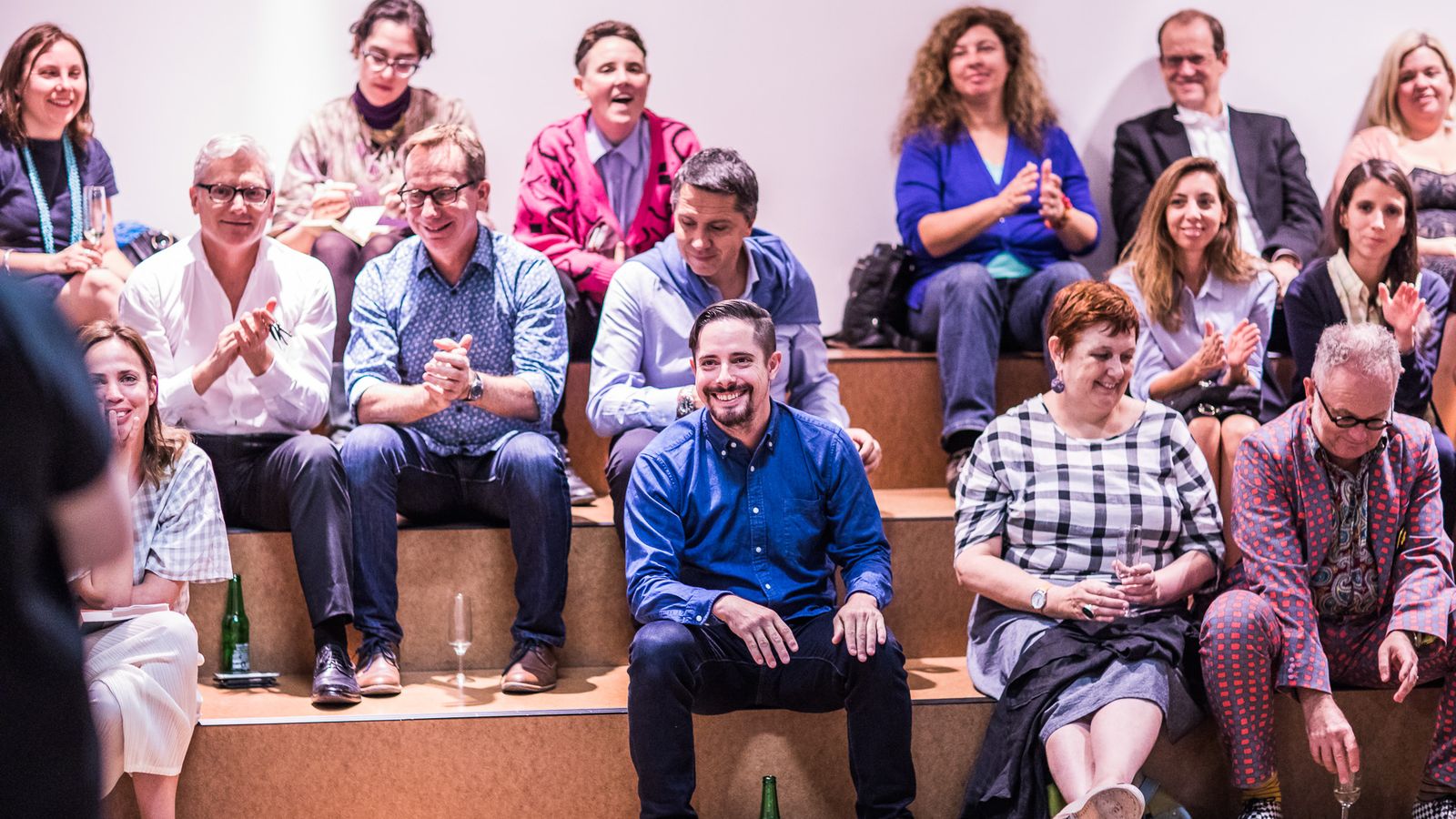Lisa Cahill, Director ADC spent some time with Object Therapy Curator, Project Designer and Research Investigator, and Object Therapy Designer/Repairer, Guy Keulemans to draw out his ideas transformative repair, the anxiety of creating waste and finding creativity in repair.
Lisa Cahill, Director ADC spent some time with Object Therapy Curator, Project Designer and Research Investigator, and Object Therapy Designer/Repairer, Guy Keulemans to draw out his ideas transformative repair, the anxiety of creating waste and finding creativity in repair.
Q. Repair is a practice that was part of the Australian ethos for generations or indeed millenia. Why do you think we have lost this and is it coming back?
I think there is a couple of ways to think about that. Firstly, its known since the early 20th century manufacturers have been planning obsolescence into products so they break or wear out faster. Perhaps this could actually stimulate repair in some ways, but in reality it means people have less time to form attachments with their possessions, and they think less of them. This drives decisions to buy and replace instead of repair. Unfortunately, such consumerism has a knock on effect so that even well made, durable products, that may be repaired easily, tend to get chucked away too soon as well.
Then, on the supply side of things, cheap energy from coal and oil, shaping our culture since the industrial revolution, means humans are able to manufacture and transport products with greater ease and less cost than ever before. Its only understandable, though unfortunate, that this leads to decreased respect for materials.
You are right that repair has been practiced for millennia - there are some great examples from history, such as 3000 year old ceramic arrowheads from Jomon-era Japan, repaired with urushi tree sap, or the Native American practice of repairing clothes and textiles over and over again. Up until quite recently, relatively, there was an almost primal need for repair: it just wasn’t possible to be wasteful if you wanted to survive.
Thankfully, concern for sustainable culture is motivating renewed interest in repair, even if we are far from solving the underlying problems that diminished it in the first place.
Q. Is repair something that designers are embracing in their practice? What is transformative repair?
I define transformative repair as creative repair that transforms the look, function or value of an object. The trick of it, I think, is to improve something so its even better than it was before it was broken. I see that as pivotal in changing the way we perceive repair, and dissolving the stigma that repair is merely a contingency plan, or second-best to obtaining a new replacement.
The wonderful historical precedent is kintsugi – the repair of ceramic with gold or silver dust – but in the contemporary era designers and artists from all over the world are embracing and inventing new forms of repair faster than ever before. Object Therapy is an attempt to accelerate that uptake even further, and introduce transformative repair to creative practitioners who may be unfamiliar with it.
Q. Object Therapy is about the human stories of attachment to objects. Do you think human centred design is common practice amongst designers?
I think it possible to say that design, and making in general, must be a fundamentally human centred practice. Even the worst excesses of design derive from someone just wanting to solve a human problem. Elaine Scarry, author of The Body in Pain, reasons it is through the attempt to relieve our own or another’s pain that we ‘make the world’. One of the motivations for Object Therapy was to uncover a kind of pain – the anxiety of creating waste and the dilemma of the broken object – in order to spark action at the cultural and political level.
Q. As well as cocreating the project you also repaired one of the objects. Can you tell us what your first thoughts were when faced with this challenge?
Also anxiety! You can never underestimate how stressful the creative process can be. Repair can be hard because you are not presented with a base state of nothingness, there is no blank canvas, but rather a set of random and even aggressive pre-conditions. Its not just solving how to repair an object, but how to fix the problem – something bigger that arises from human activity, attachments and experience. This became clear from watching the interviews, and I wasn’t alone amongst the repairers in finding the stories we heard were often emotional and heavy in significance. But thankfully, stories also lead to creative ideas. Nearly every repairer pulled something out of their object’s owner’s interview and transformed it into an exciting concept for repair. Many of them are boldly innovative in ways I think no one could predict. Quite a few are humorous. And some of them are very sensitive and touching, quietly joyful, in ways that communicate healing or closure.
Guy will be part of a panel discussion Design on Show: Object Therapy at the Surry Hills Library Saturday 29 April. Find out more here.
Explore the Object Therapy website here
Find out about events and workshops for Object Therapy here
Image: Object Therapy opening night April 2017. Photo: Boaz Nothman.

